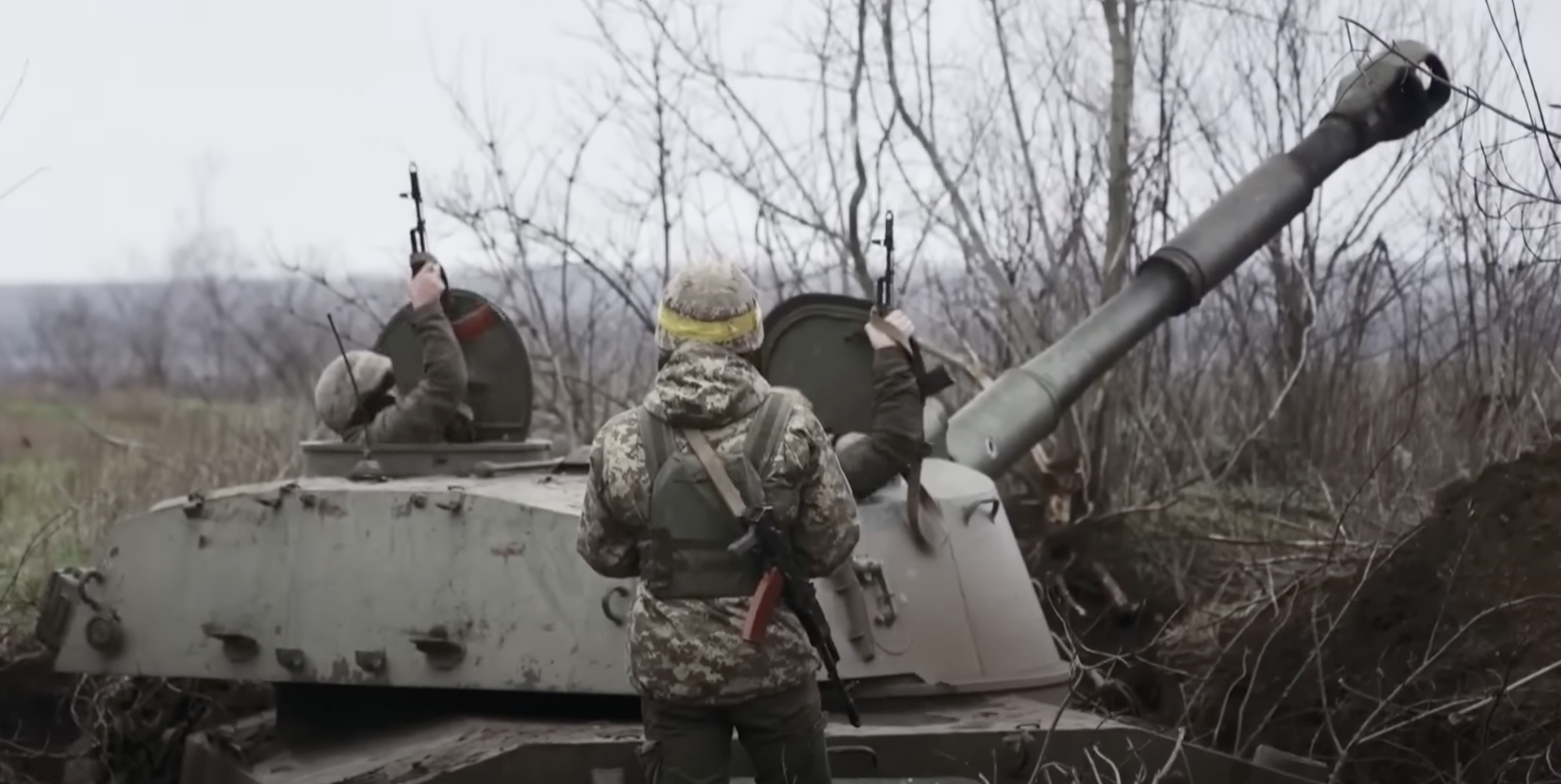By Robert Czulda
Looking back before the outbreak of the Russo-Ukrainian war, few had assumed that the Kremlin would make such a lunatic move. Then when Russian tanks and aircraft openly violated Ukraine’s sovereignty, few believed that the Ukrainians would be able to repel the attack.
But they did and even launched a counter-offensive.
The approaching first anniversary is a good time to draw some conclusions.
First of all – one cannot have any illusions – the war will last for a long time, because Putin has crossed his Rubicon. He has already incurred costs so high that from his perspective it makes more sense to push forward than to go back.
The fact that the Russian decision-makers do not care about people’s lives – including their own soldiers – makes this path easier. Unfortunately, it seems that not everyone in the West has permanently changed their perception of Russia. A naïve vision of European security architecture “from Lisbon to Vladivostok” has to be buried once and for all.
The fact that the war will continue is bad news for the whole Europe, especially for Central and Eastern Europe, which is and will remain the most vulnerable to any Russian provocations.
Of course, this is also bad news for Ukraine, which will not lose the war – Kyiv will not fall – but its economic potential – including infrastructure and demographic realities- will continue to be systematically degraded.
Now, after one year, it is clear that Russia turned out to be weaker than the majority of experts originally thought. It has proven to be unable to achieve any lasting successes in a clash with a smaller and weaker state.
Nevertheless, it would be a serious mistake to underestimate Russia even now because the Russians still have effective capabilities to kill, destroy, harass, and paralyze. Moreover, they are capable to target civilian infrastructure without any moral doubts.
It is obvious that Russia is incapable of defeating NATO, but that does not mean that the Kremlin is not able to launch a short-scale missile or drone strike against NATO territory. The aim of such armed provocation would be not only to demonstrate Russian power, but also to damage critical infrastructure and cause social and political unrest in Europe, as well as to provoke NATO countries to somehow react to such crisis.
This is an extremely dangerous scenario – not only because it can be carried relatively easily by Russia, but also due to the fact that it would probably cause a further split within NATO.
In other words, it is highly likely that not all NATO member states, especially those from Western Europe, would be keen to react decisively to such provocation – they would push for no reaction at all. This would only widen the rift between Western and Central and Eastern Europe.
Therefore, NATO member states must actually increase their defense spending and boosts its capabilities regarding conventional, long-term warfare. Europe cannot keep looking only at the United States, who have their own security/defense commitments beyond Europe. Regardless of the outcome of the Russo-Ukrainian war, the Americans will remain focused mainly on Indo-Pacific and its growing rivalry with China. It is only a matter of time before Congress and American taxpayers get impatient and demand to cut financial support to Europe.
Already in June 2022 Ukrainian Deputy head of military intelligence Vadym Skibitsky labelled a Russian-Ukrainian armed conflict as “an artillery war.” NATO has an undeniable advantage in C4ISR capabilities and fire precision, but its artillery capabilities are not sufficient.
According to The Kyiv Post (November 27, 2022), in 2021 in Donbas “the Ukrainians were firing 6,000 to 7,000 artillery rounds each day, whereas the Russians were firing 40,000 to 50,000 rounds per day.” NBC News (November 11, 2022) noted that in late 2022 Russia was firing 20,000 artillery rounds per day, while the Ukrainians fired up to 7,000 shells daily. In comparison, the U.S. industry – the most potent in NATO – can only produce up to 15,000 large-caliber (155 mm) shells monthly.
Apart from increasing production of NATO-standard artillery shells (155 mm), the Western member states should assist their Central and Eastern allies and invest in their old factories to resume a full-scale production of 122 mm 152 mm shells, which are used by ex-Soviet artillery systems.
This type of ammunition is currently produced in Poland, the Czech Republic and Slovakia, among others. Nevertheless, a scale of production is definitely insufficient. Moreover, part of Ukraine’s Ukroboronprom production facilities could be moved to Central-Eastern Europe and co-financed by NATO and the European Union as well.
122 mm and 152 mm artillery shells are not compatible with NATO standard, but hundreds of guns of that calibers are still used by Ukraine. It would take years to replace them by Western systems. In current, wartime conditions, this is impossible.
Moreover, further support for Ukraine, not only by training its forces, but above all, by providing Kyiv with intelligence data and material support, is crucial and must be continued. Without it, Ukraine would be unable to continue it fights that invariably increases security of NATO territory.
We are facing a historic opportunity to minimize Russian expansionist potential for many years. If Russia is not stopped now and its aggression against Ukraine is not as costly as possible for the Kremlin, sooner or later decision-makers in Moscow will make another attempt to increase its self-declared ‘sphere of influence.’
A policy of aggression and vassalization is deeply rooted in the Russian strategic culture.


